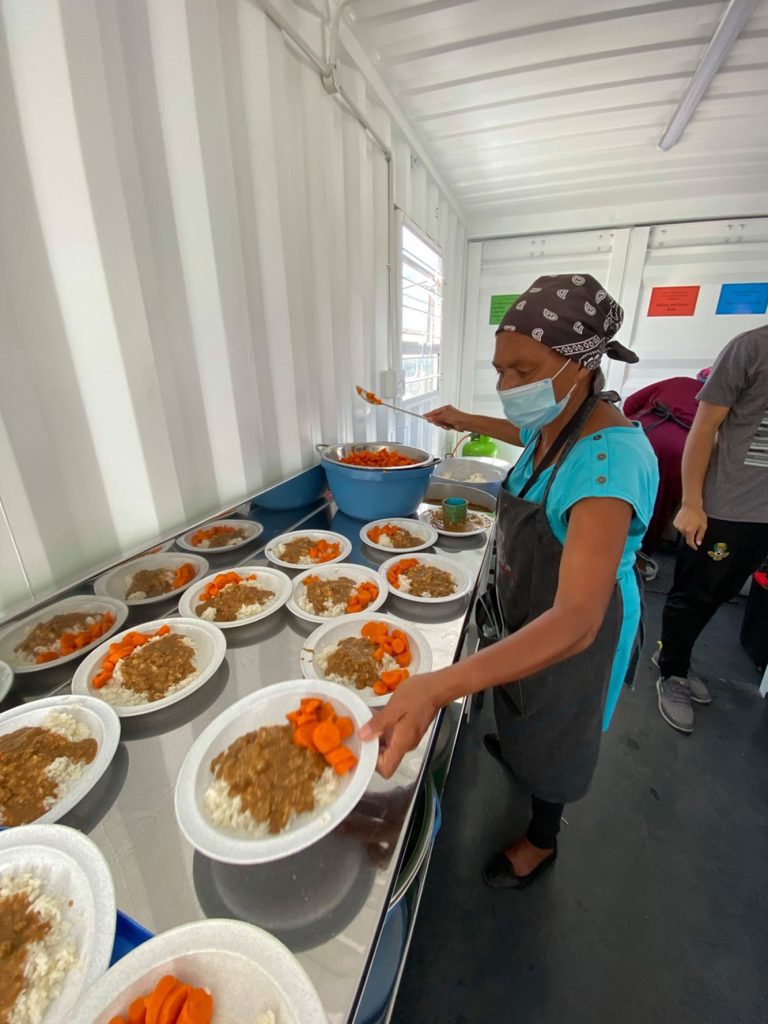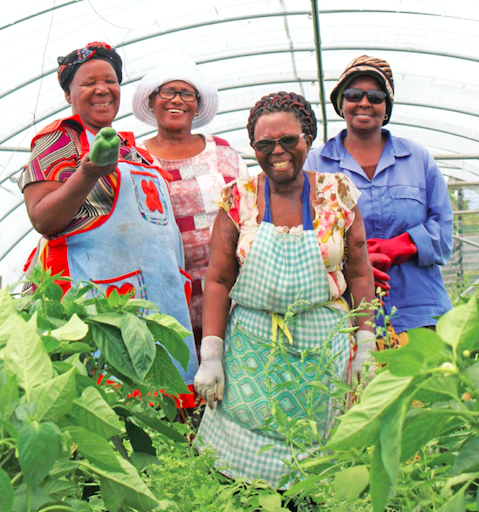Food Basket
Food Safety And Food Security: A Tale Of Two Systems
South Africa’s inequality makes it a paradoxical place. According to Oxfam, technical famine is “a situation where one in five households experience an extreme lack of food and other basic needs where starvation, death, and destitution are evident”. South Africa doesn’t quite qualify, yet around 11 per cent of its people go hungry every day, according to StatsSA, while Global Citizen reports that malnutrition stunts 27 per cent of children under-5.
A divided food sector
This disparity is historical, says Rirhandzu Marivate, project manager of the Sustainability Institute’s Learning Farm project. “South Africa’s food system was set up by the colonial settlers; it was exclusionary to the native Africans and later continued by the apartheid government. The food system was designed to serve and be accessed by the minority population, while poorly paid black labourers were only able to access a very small portion of the food supply and were further conditioned to depend on refined staples and poor diets.”
Though this image has changed somewhat since 1994, Marivate notes that the loosening of regulations also enabled a few large players to consolidate their position and “promote large-scale industrial monoculture, instead of creating a more equitable and accessible food system”.
Kenneth Carden, programme head for supporting smallholder agriculture at the Southern Africa Food Lab, agrees, noting that there is a formal entrenched commercial sector and a struggling, previously disadvantaged, smallholder agricultural sector, which “manifests in a highly developed commercial food system dominated by a few powerful players that supply readily available food into the more affluent consumer base, and a less-developed largely informal food system that a high percentage of consumers depend on.”
No food conspiracy
To be clear, this is not due to a food cabal, but rather the symptom of long-standing segregation in the food market. And the large players are not plotting to keep small producers down. For example, Woolworths is a big supporter of feeding schemes, food reclamation, and teaching sustainable agriculture skills to smallholding farmers, through its support of the Learning Farm project and its Farming for the Future project.
“At farm level, Farming for the Future aims to increase the quality of the food produced, reduce food waste, and build resilience against climate change while improving the ecosystem,” says Woolworths spokesperson Silindile Gumede.
Retailers appear to play a growing role in establishing the best standards and practices among smallholder farms. This includes food safety – Woolworths employs teams that enforce food safety protocols and do regular testing to ensure their compliance. It also helps to develop subsistence farmers to become part of its supplier programme.
Though welcome, such activities aren’t altruistic. They need to happen if we hope to address food inequality, says Marivate. “Big corporates or businesses hold the power at the different points in the food value chain, and they can use that power to ensure that smaller businesses that are underrepresented, including the informal sector, are given access and allowed to participate.”
Safety and security for everyone

The food sector is also under pressure from customers and modern technology enablement, says Japie van der Westhuizen, GM of SA Stud Book & The Animal Improvement Association: “It is mainly from the end consumer, but also animal welfare groups, groups insisting on environmental sustainability and even religion-based beliefs. The openness of databases, the rapid growth in accessibility to information and maybe even the influence of social media all contribute to this. The integration of production chains and the need for every link in this chain are also contributing.”
Another reason for the gap is compliance with local and global safety standards. These pressures can marginalise the informal food sector where demand for food availability overrides other sentiments. Since retailers turn the screws on behalf of food safety regulations, informal providers must become familiar with best practices, says Carden.
“Such food safety standards are generally not in place in the less formal food system. In recent work undertaken among groups of small-scale farmers who generally supply into the less formal system, we have found varying degrees of food safety knowledge and discovered that there are big issues with disease management and the use of pesticides.”
There are successes – Carden cites the SPAR Rural Hub programme, which has helped several small-scale farmers achieve GlobalG.A.P (good agricultural practice) compliance. But much more can be done. To this end, Marivate says the State can influence matters considerably. “Government has the ability and biggest responsibility to change laws and policies that enable fairer, inclusive, diverse and resilient food systems by creating legislation that protects the right to food and gives greater power to people and businesses that have little influence over how the food system works.”





 Sign-up and receive the Business Media MAGS newsletter OR SA Mining newsletter straight to your inbox.
Sign-up and receive the Business Media MAGS newsletter OR SA Mining newsletter straight to your inbox.